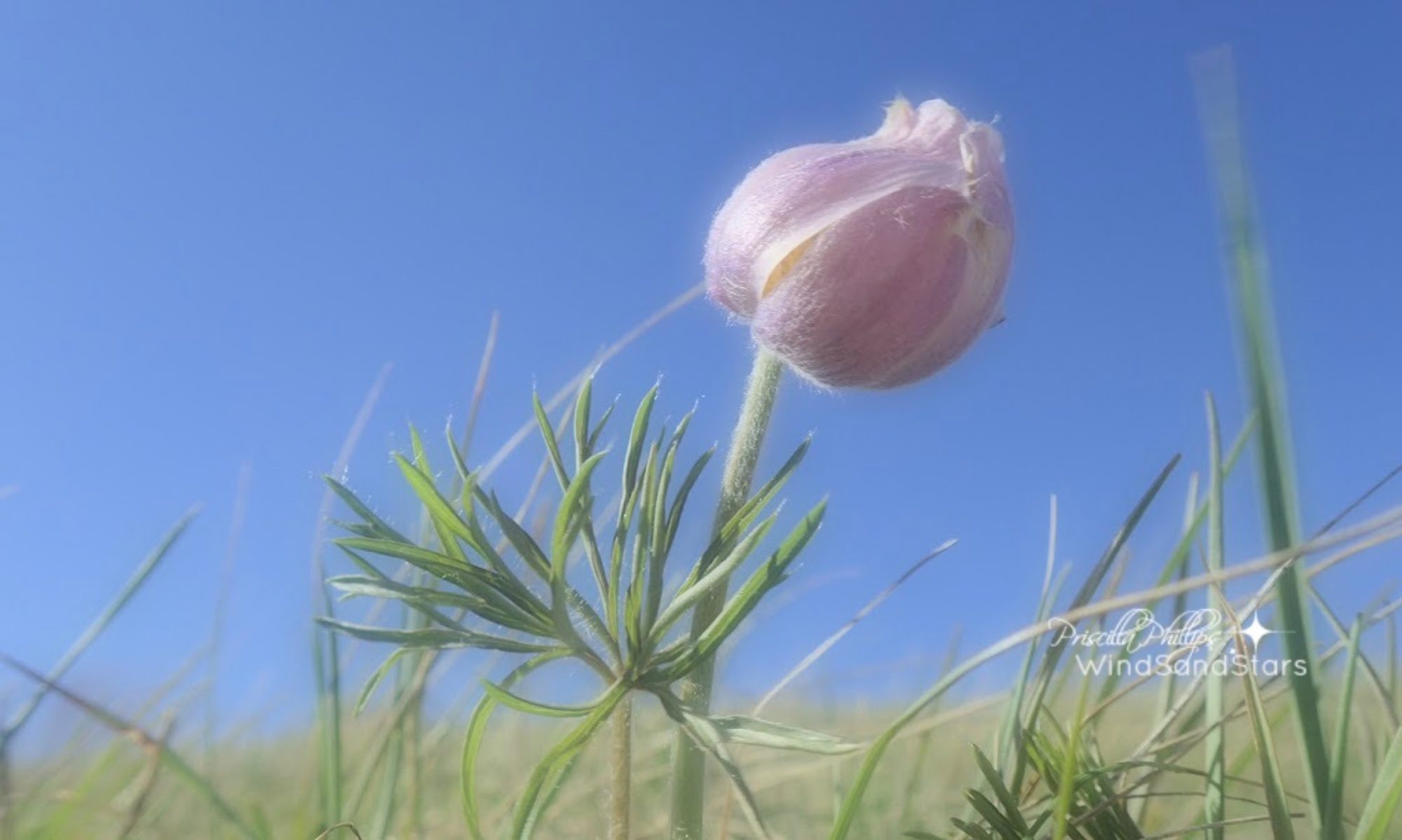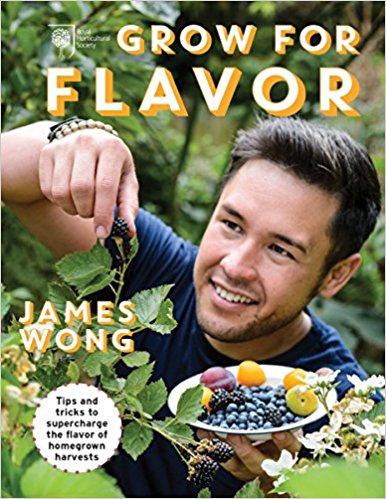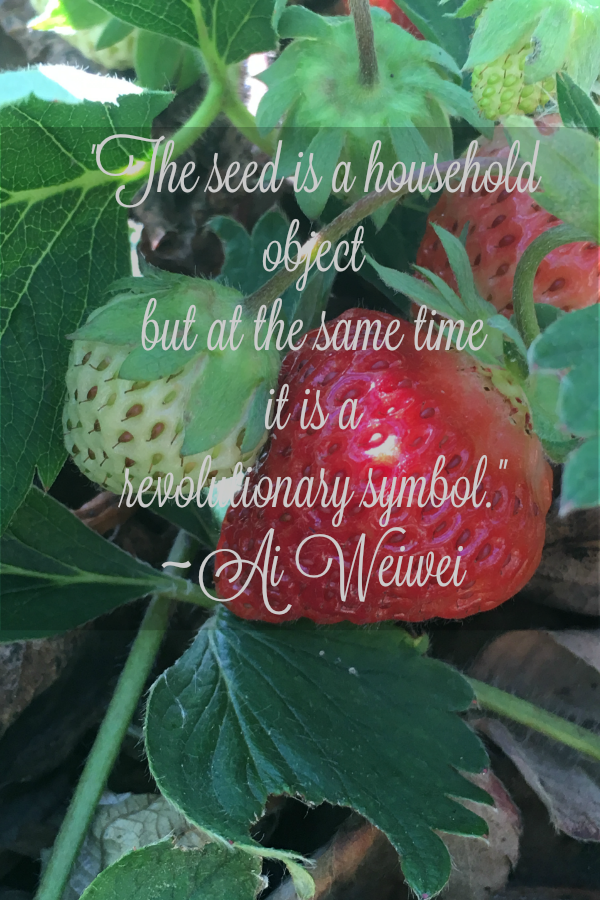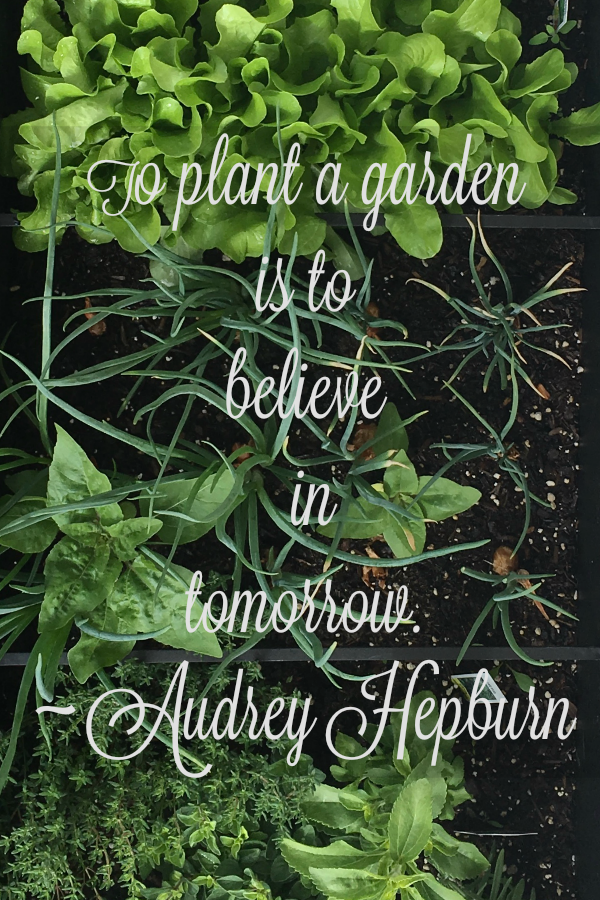Here’s my confession
The idea of gardening is much more appealing to me than the act of gardening. Coming from a family with 12 kids, a large garden was essential, and the gardening and preserving was not completed one person. Grow for flavor wasn’t a book title back then, but my brain remembers the beans, peas, corn, berries, and other produce that were so full of flavor. I long for the taste of childhood.
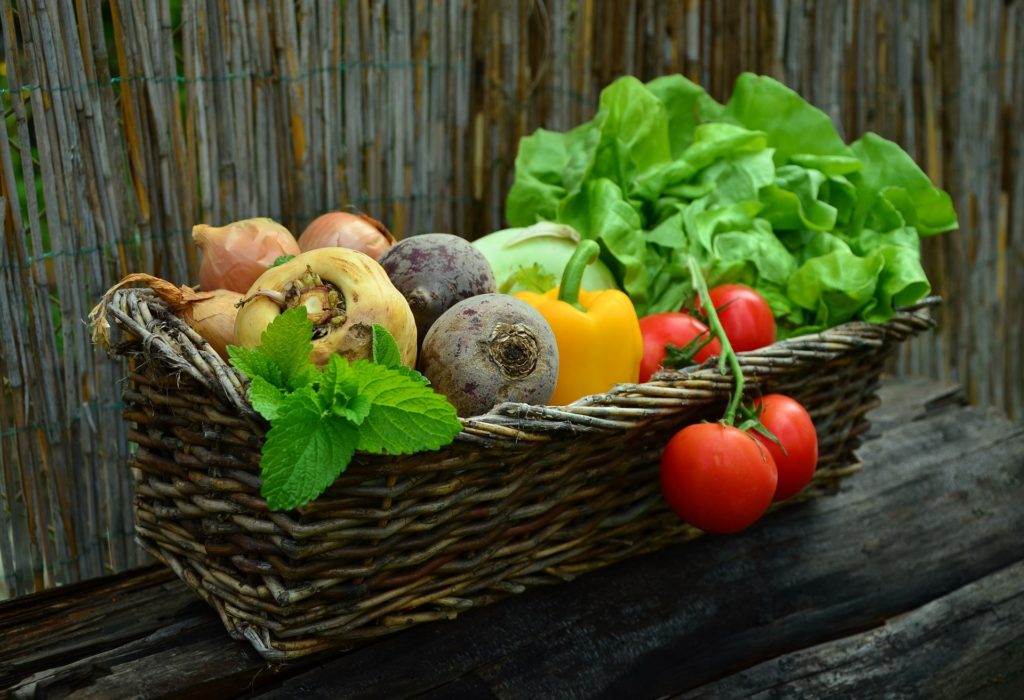
Our responsibilities in the garden grew as we grew
My dad worked the soil for the garden in the spring and planted the potatoes in a plot he readied at the edge of a field. My mom managed the planting, weeding, thinning, and harvesting in those busy years of farming. She was masterful at giving us explicit instruction together with enticing incentives. Handing my brothers and I a big paper shopping bag, she’d say pick until it’s full (usually beans or peas) and after you’ve snipped, or shelled them, you can go to the creek to play for a couple of hours. Of course, this was much more effective than saying pick 2 rows each. We would have flown through the picking with little to show for it.
My Dad was a farmer in every sense of the word
Our farm was located in the North Okanagan and it was my Elysium. A 320 acre valley bounded by mountains. Along the far side of the valley ran a creek which emptied into a river that ran along one end of the valley. These waters were our playground.
My Dad loved nature. He loved the stars, the animals, and thunder storms, which he called God’s fireworks. He loved the land.
When I think of gardening, I see an image of my dad
He’s holding a handful of soil in his hand, smelling it, feeling the texture, watching how it crumbles as he squeezes it and lets it trickle back to the ground from between his fingers. Rotating crops. Adjusting the soil.
Always interested in yield for field and garden, my parents were also interested in strategies that would grow for flavor. They experimented with different seeds to identify which ones tasted best.
When you’re a kid, events seem so normal. So much a part of the environment that you don’t think to ask questions about how it’s done. At least I didn’t.
When my parents retired, they sold the farm and built a house on a plateau above the valley. An acreage they had subdivided from the original property. There my Dad poured his energy into gardening. His garden plot was huge and those of us who lived close, benefited from the abundant harvest and rich taste.
[easy-image-collage id=1294]
That’s my nephew sitting between my two oldest daughters. Hitching a ride with the freshly dug carrots. Aren’t they cute? That’s my Mom standing in the middle of the garden. Grow for flavor . . . and yield.
Several years later, my Dad moved the vegetable garden to a smaller site and replaced the original site with strawberries. He planted two varieties. One was a perfect strawberry shape and color. It looked beautiful but was somewhat soft and lacked flavor.
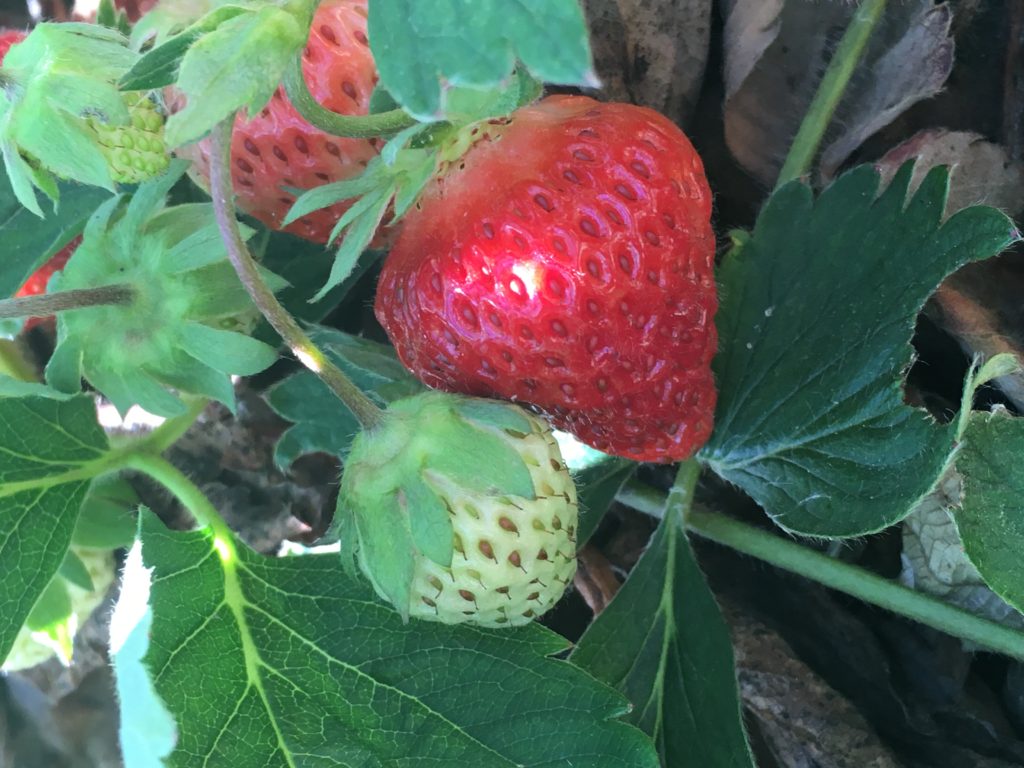
The other variety looked more like a misshapen fan than a strawberry but its flavor was unsurpassed. Juicy, firm, and full of strawberry goodness, these were my Dad’s pride and joy.
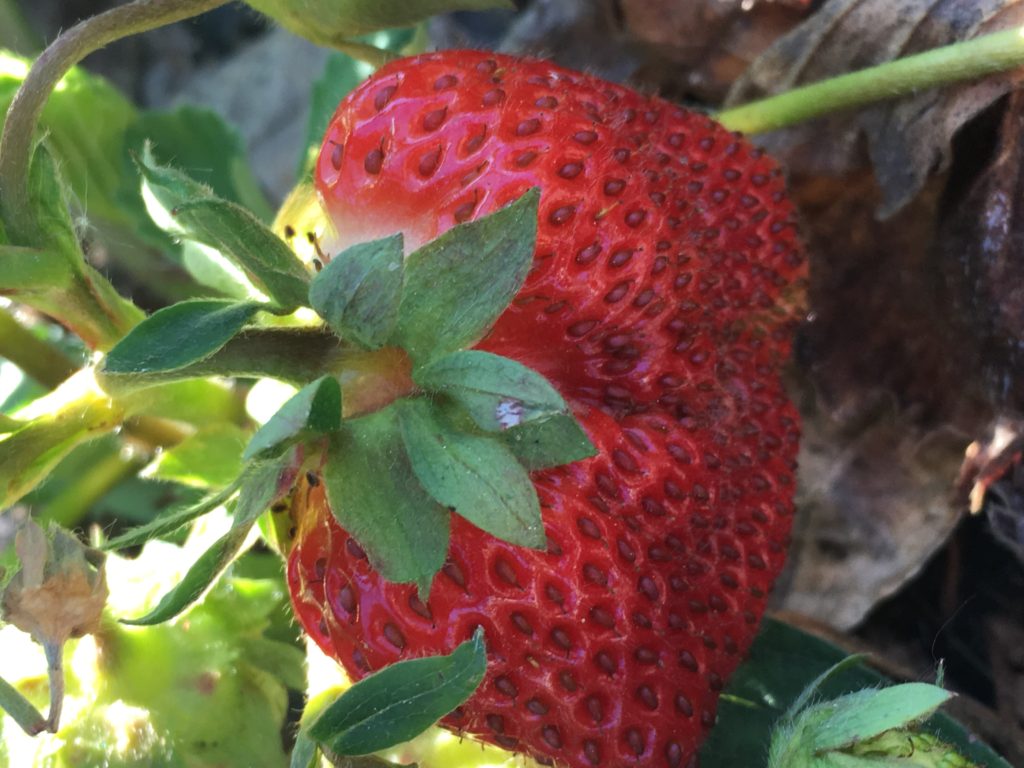
The yield of strawberries was far more than any family could manage so my dad opened the patch to the public . He marveled that as much as he tried to coax people to buy the Shuksans, most opted for the beautiful, red, perfectly shaped Totems instead.
Grow for Flavour by James Wong addresses this phenomenon
He writes that the consumer gravitates to produce that most closely replicates the ideal version of the veggie or fruit they’re buying. Producers’ number one priority is yield. Consequently, keeping consumer expectations in mind, they grow for yield and looks, often sacrificing flavor in the process.
Producers use a variety of strategies to meet the expectations of yield and looks. One is choosing seeds that have been altered for high production. Another is over-watering. And a third is harvesting the crop while it’s unripe. Wong discusses other factors as well which I won’t go into here.
As an ethnobotonist, Wong’s motto is “maximum flavor and minimum labour”. He shares research based approaches to grow for flavor and enhance nutrition. In fact, he states that the more flavorful a produce is, the higher its nutritional value will likely be.
Grow for Flavor is full of interesting facts about how and why plants create flavor. It has tips for growing everything from the typical garden plants to mushrooms and more exotic spices such as saffron, to less known fruits and vegetables. Along with these many tips, Wong provides numerous recipes.
- Endorphin-Rush Mole Sauce
- Raspberry & Bay Vinegar
- Dried ‘San Marzano” Tomatoes with Basil
- Carmalized Shallot & Bacon Jam
- Botanical Booze Cupboard (did you know you can make Douglas Fir Gin? or Rosejito?)
It’s growing season
We have a few raised beds in which we planted tomatoes, spaghetti squash, peppers, onions, garlic, sugar pumpkins, and gourds. We purchased this self-watering garden box from Costco. The lettuce, green onions, and herbs are doing great. Yes, those are a couple of rogue sunflowers among the green onions. They know I love them so they chose to grow.
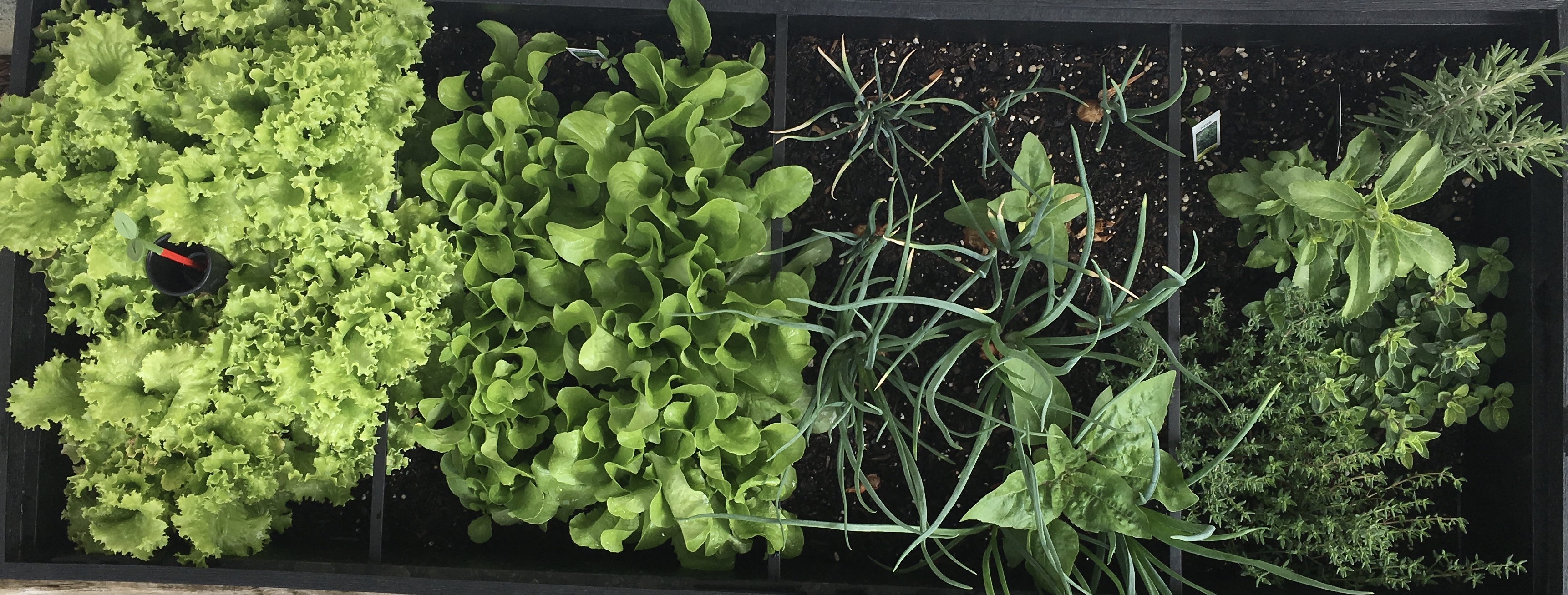
These are five tips from the book that I’m most eager to try
- Water well in the first couple of weeks after planting and then only water when the plants begin to show signs of stress. Wong claims that it’s the plant’s response to stress that enhances flavor. He details which plants are most responsive to under-watering.
- Use an aspirin spray on plantings such as herbs and tomatoes to mimic a natural hormone. This increases the essential oil content of herbs and flavor in tomatoes. He says that it also makes the plants bigger and more resistant to cold.
- Spacing herbs close together creates stress that causes plants to produce more defense chemicals that again, enhances flavor.
- Overuse of fertilizer can diminish flavor. Wong advocates drenching your crops with a molasses solution once a month throughout summer. Molasses? My dad used to have a big barrel of molasses on tap for the livestock. As a kid, when we were outside playing and got hungry, we’d open the tap, drizzle some into our hands and lick it off. I wasn’t aware, however, that it’s marketed as a general-purpose fertilizer.
- Last tip. Did you know that there is an optimum time of day to harvest your produce? I didn’t. Lettuce is sweeter if picked in the morning and more bitter if harvested later in day. Strawberries, on the other hand, are sweeter if left until later in the day.
The recipes and tips I’ve listed above are only a small sampling of what’s included in the book. It’s well worth having as a resource. Wong has several other books that sound interesting as well. They’re called Grow Your Own Drugs: Easy Recipes For Natural Remedies and How to Eat Better: Simple Science to Supercharge Your Nutrition.
“The seed is a household object but at the same time it is a revolutionary symbol.” Ai Weiwei
There is wonder in a seed. Whether you plant a physical or a metaphorical seed, nurture it and watch it grow.
Priscilla
P.S. Thanks for reading! Sign up for the weekly newsletter if you haven’t already done so.

Yes! I want to receive your newsletter!
Simply . . .
